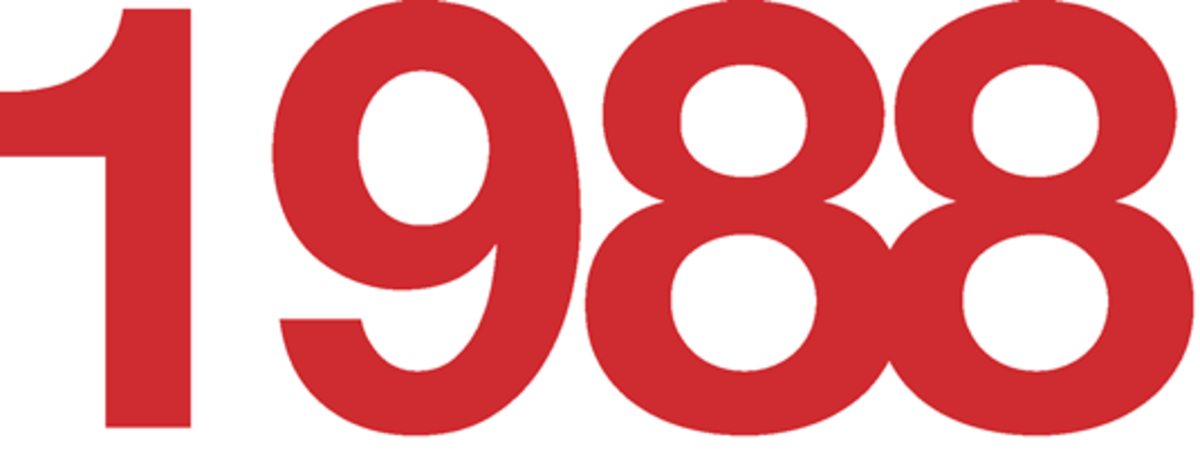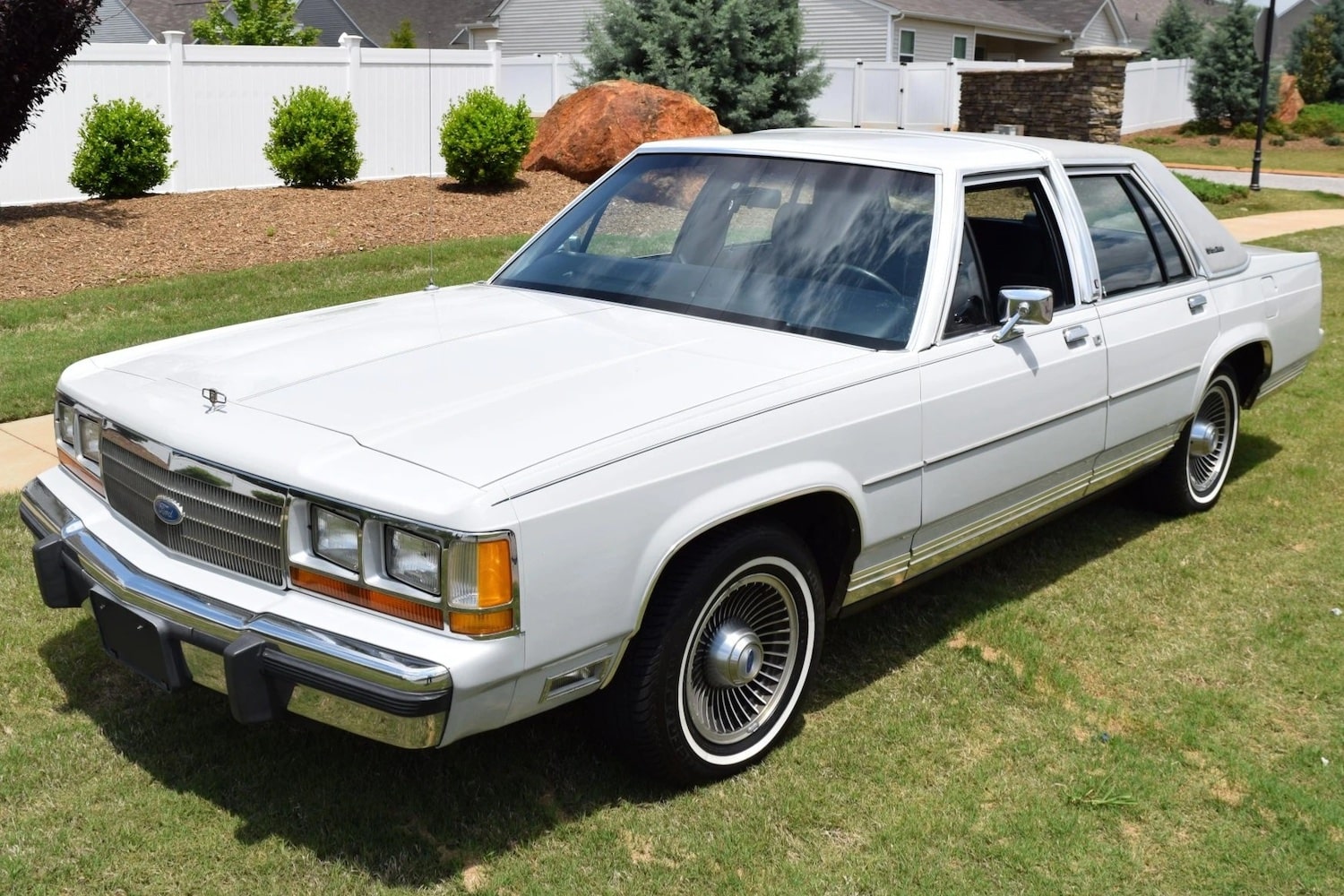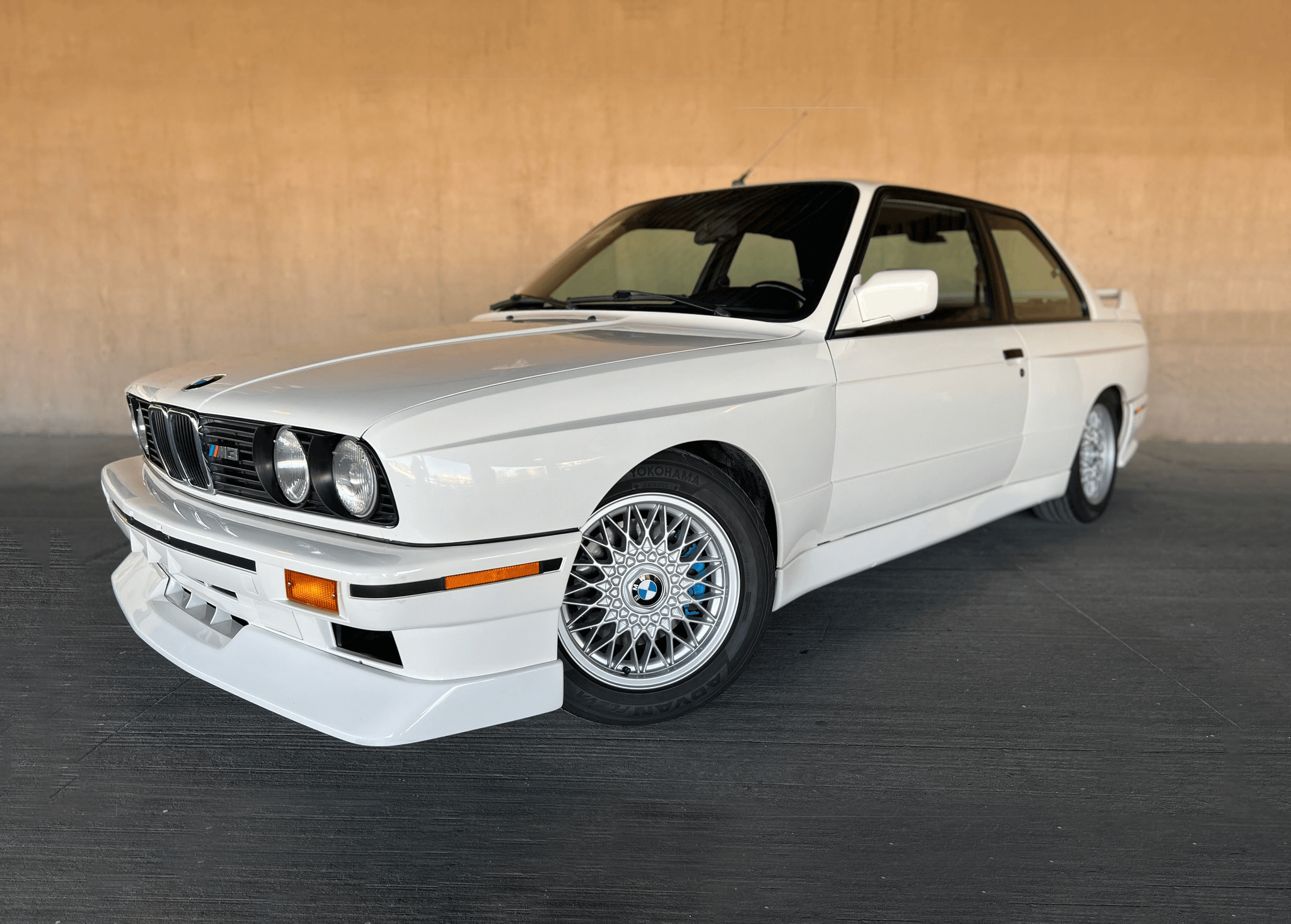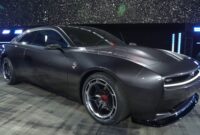1988 To 1994 Chevy Trucks For Sale: A Comprehensive Buyer’s Guide to the OBS Icon pickup.truckstrend.com
The automotive landscape is littered with vehicles that come and go, but every so often, a generation emerges that transcends mere transportation to become a cultural icon. For truck enthusiasts, the 1988 to 1994 Chevrolet C/K series, often affectionately dubbed "OBS" (Old Body Style) by fans despite being the first iteration of a radically new design for its time, embodies this timeless appeal. These trucks represent a sweet spot in automotive history: modern enough for comfortable daily driving, yet simple enough for straightforward maintenance and endless customization. From rugged workhorses to stylish cruisers, the demand for these classic Bowties is steadily climbing, making them an excellent choice for anyone seeking reliability, character, and a solid investment. This comprehensive guide will delve into everything you need to know about these legendary trucks, helping you navigate the market and find your perfect OBS Chevy.
Why the 1988-1994 OBS Chevy Trucks Stand Out
1988 To 1994 Chevy Trucks For Sale: A Comprehensive Buyer’s Guide to the OBS Icon
The GMT400 platform, which underpins the 1988-1994 C/K trucks, marked a significant departure from Chevrolet’s more traditional, boxy designs. Introduced in April 1987 as 1988 models, these trucks boasted a sleek, aerodynamic profile that was revolutionary for its era. But their appeal goes far beyond aesthetics:
- Timeless Design: The clean lines, flush-mounted glass, and aggressive stance have aged remarkably well, making them instantly recognizable and perpetually cool.
- Built Tough: Underneath the modern skin was a robust ladder frame and durable mechanical components designed to withstand years of heavy use. Their straightforward engineering contributes to their long-term reliability.
- Versatility: Whether you need a truck for hauling, towing, off-roading, or simply cruising, there’s an OBS configuration to suit. They excel as work trucks, weekend warriors, and even daily drivers.
- Nostalgia and Collectibility: For many, these trucks evoke memories of a simpler time, leading to a strong emotional connection. This nostalgia, coupled with their increasing rarity in good condition, is driving up their value and collectibility.
- Parts Availability: Thanks to their widespread popularity and long production run (the GMT400 platform continued until 2002, albeit with significant updates after 1994), parts are still incredibly abundant and relatively affordable, making repairs and restorations manageable.

Key Models and Configurations (1988-1994)
Understanding the various configurations is crucial when searching for an OBS Chevy, as they directly impact functionality and price.
-
Series Designations:

- C: Denotes 2-wheel-drive (2WD) models.
- K: Denotes 4-wheel-drive (4WD) models.
- 1500: Half-ton (1/2-ton) trucks, ideal for light-duty work, daily driving, and cruising.
- 2500: Three-quarter-ton (3/4-ton) trucks, offering increased payload and towing capacity, often found with larger engines.
- 3500: One-ton (1-ton) trucks, the heavy-duty workhorses, frequently equipped with dual rear wheels (duallies) and powerful V8 engines for maximum towing.

-
Cab Styles:
- Regular Cab: The classic two-door truck, offering seating for two or three. Lightest and most maneuverable.
- Extended Cab (Club Cab): Introduced in 1988, these offered a small rear seating area accessible via the main doors, making them more practical for occasional passengers.
- Crew Cab: The full four-door option, providing comfortable seating for up to six. Less common in the early OBS years, especially the 1988-1991 period, making them highly sought after.
-
Bed Lengths:
- Short Bed: Typically 6.5 feet, popular for aesthetics and maneuverability.
- Long Bed: Standard 8 feet, preferred for maximum hauling capacity.
-
Trim Levels:
- Scottsdale: The base model, offering essential features and a no-frills interior.
- Cheyenne: A step up from Scottsdale, with more comfort features like improved upholstery and chrome accents.
- Silverado: The top-tier trim, boasting power windows/locks, air conditioning, cruise control, better sound systems, and more luxurious interior appointments.
- Work Truck (WT): Introduced later in the early 90s, a very basic, often V6-powered, bare-bones truck designed purely for utility.
Engine and Drivetrain Options
The heart of any truck is its powertrain, and the OBS Chevys offered a robust selection:
-
Gasoline Engines:
- 4.3L V6 (TBI): The standard engine in 1500 models, offering decent fuel economy for a truck of its size, suitable for light duty.
- 5.0L (305 cu in) V8 (TBI): A common upgrade, providing more power and torque than the V6, good for general use.
- 5.7L (350 cu in) V8 (TBI): The ubiquitous small block Chevy, a highly reliable and powerful engine. This is often considered the sweet spot for balance of power, reliability, and parts availability. Excellent for towing and hauling in 1500/2500 models.
- 7.4L (454 cu in) V8 (TBI): The mighty "Big Block" was standard in 3500 models and an option in 2500HDs. This engine provides immense torque for heavy towing and hauling.
-
Diesel Engines:
- 6.2L Detroit Diesel V8: An option primarily for 2500/3500 models. Known for its durability and decent fuel economy, though not a powerhouse in terms of acceleration. Later in the GMT400 run (post-1994), the turbocharged 6.5L diesel became available. For the 1988-1994 range, it’s almost exclusively the naturally aspirated 6.2L.
-
Transmissions:
- Manual:
- SM465 (4-speed): A heavy-duty, granny-low transmission, often found in early 2500/3500 trucks.
- Getrag 290 (5-speed): A lighter-duty 5-speed manual, sometimes found in 1500 models.
- NV4500 (5-speed): A more robust 5-speed manual, became more common in later OBS years and heavy-duty applications (2500/3500).
- Automatic:
- THM700R4 / 4L60 (4-speed overdrive): The most common automatic in 1500 and light 2500 models, offering better fuel economy due to its overdrive gear. Renamed 4L60 in 1993.
- THM400 / 4L80E (3-speed / 4-speed overdrive): The heavy-duty automatic. The THM400 was common in 2500/3500 models, especially with the 454 V8. The electronically controlled 4L80E, with its overdrive, began appearing in heavier-duty applications around 1991-1993.
- Manual:
What to Look For When Buying (Buyer’s Guide)
Finding a well-maintained OBS Chevy requires diligence. Here’s a checklist of critical areas to inspect:
-
Rust: This is the primary enemy. Check:
- Cab Corners and Rocker Panels: Common areas for rust due to trapped moisture.
- Wheel Arches/Fenders: Especially rear fenders.
- Bed Floors and Supports: Look underneath the bed.
- Frame: Inspect the entire frame for excessive surface rust, rot, or previous repair patches. Pay close attention to areas near suspension mounting points.
- Underneath the Doors: Look at the bottom edges.
-
Engine:
- Leaks: Check for oil, coolant, and power steering fluid leaks.
- Smoke: Blue smoke (oil burning), white smoke (coolant), or black smoke (rich fuel mixture) are red flags.
- Noises: Listen for knocks, ticks, or unusual sounds.
- TBI System: For TBI (Throttle Body Injection) models, ensure smooth idle, good throttle response, and no hesitation. Hard starting can indicate fuel pump or injector issues.
- 6.2L Diesel: Check for coolant in the oil (head gasket issues) and overall power.
-
Transmission:
- Automatics: Check fluid level and condition (should be red, not brown or burnt-smelling). Test all gears, including reverse, and ensure smooth, timely shifts. A harsh 1-2 shift on 700R4/4L60 is common but can indicate wear.
- Manuals: Test clutch engagement, smooth shifting, and listen for grinding.
-
Suspension and Steering:
- Front End: Check for worn ball joints, tie rod ends, and idler/pitman arms, especially on 4WD models. Look for uneven tire wear.
- Shocks and Springs: Sagging springs or leaky shocks indicate wear.
- Steering Play: Excessive play in the steering wheel indicates worn steering components.
-
Brakes:
- Test pedal feel (should be firm, not spongy). Listen for grinding or squealing. Check for leaks in brake lines or calipers.
-
Interior:
- Dashboard: Cracks are extremely common, especially on Silverado trims. Dash caps are available, but a fully replaced dash is a good sign of care.
- Seats: Check for tears, stains, and foam breakdown.
- Headliner: Sagging or torn headliners are common.
- Power Accessories: Test all power windows, locks, cruise control, radio, and HVAC system (fan speeds, A/C coldness).
-
Electrical:
- Test all lights (interior and exterior), gauges, and wipers. Check for any aftermarket wiring nightmares.
-
Tires:
- Check tread depth and even wear. Misaligned tires can indicate suspension issues.
-
Paperwork:
- Ensure the title is clean and matches the VIN on the truck. Ask for service records if available.
-
Test Drive:
- Drive the truck on various road conditions (city, highway, bumps) to assess overall performance, handling, and listen for any unusual noises. Test 4WD engagement if applicable.
Common Issues and Solutions
While durable, OBS Chevys aren’t without their quirks:
- Dash Cracks: As mentioned, prevalent. Solutions range from inexpensive dash caps to full dashboard replacements.
- Door Pin/Bushing Wear: Leads to sagging doors. Easily fixed with a door hinge pin and bushing kit.
- Fuel Gauge Sending Unit Failure: Common for the fuel gauge to be inaccurate or stop working. Replacements are available.
- TBI System Leaks/Issues: Injector o-rings can leak, causing fuel smell. Fuel pressure regulators can fail. Both are relatively inexpensive fixes.
- 700R4/4L60 Transmission Weaknesses: Early versions can be prone to failure, especially if abused or not properly maintained. Rebuilds or upgrades (e.g., heavy-duty clutch packs, shift kits) are common.
- Rust: Ongoing battle, especially in salted road environments. Prevention is key (rust-proofing, regular washing). Repairs can range from patch panels to full body section replacements.
Modifications and Customization Potential
The OBS platform is a blank canvas for customization, contributing significantly to its appeal:
- Lift Kits/Lowering Kits: From mild drops to aggressive lifts, a vast array of suspension modifications are available.
- Engine Swaps: The spacious engine bay makes LS-series engine swaps a popular and relatively straightforward upgrade for modern power and efficiency.
- Wheels and Tires: Countless options exist to change the truck’s stance and appearance.
- Interior Upgrades: Modern sound systems, updated seating, and digital gauge clusters are common.
- Body and Paint: Restoration of the iconic body lines with fresh paint is a common project.
Tips for Finding the Right OBS Chevy
- Online Marketplaces: Facebook Marketplace, Craigslist, and specialized truck forums are great starting points. Websites like Bring a Trailer or eBay Motors can also feature higher-end examples.
- Be Specific: Know your desired configuration (cab, bed, 2WD/4WD, engine) before you start.
- Condition Over Mileage: A lower-mileage truck that’s been neglected can be a bigger headache than a high-mileage truck that’s been meticulously maintained.
- Photos are Key: Look for numerous, clear photos from all angles, including undercarriage shots.
- Ask Questions: Don’t hesitate to ask sellers for more information, service records, and detailed photos or videos.
- Pre-Purchase Inspection (PPI): If you’re serious about a truck, especially one from out of town, invest in a PPI by a trusted mechanic familiar with older vehicles.
1988-1994 Chevy Truck Estimated Price Guide
Prices for these trucks can vary wildly based on condition, mileage, configuration, engine, and geographical location. This table provides a general range for a complete, running truck. Show-quality or highly modified examples can easily exceed these top-end figures.
| Model/Series (e.g., C1500, K2500) | Condition: Fair (Needs Work) | Condition: Good (Driver Quality) | Condition: Excellent (Well-Preserved/Restored) |
|---|---|---|---|
| C1500 (2WD, Reg Cab, Short Bed) | $3,000 – $6,000 | $7,000 – $12,000 | $13,000 – $25,000+ |
| K1500 (4WD, Reg Cab, Short Bed) | $4,000 – $8,000 | $9,000 – $16,000 | $17,000 – $30,000+ |
| C1500/K1500 (Ext Cab, Long Bed) | $3,500 – $7,000 | $8,000 – $14,000 | $15,000 – $28,000+ |
| C2500/K2500 (Reg/Ext Cab) | $4,000 – $8,000 | $9,000 – $16,000 | $17,000 – $32,000+ |
| C3500/K3500 (Reg/Crew Cab Dually) | $5,000 – $10,000 | $11,000 – $20,000 | $21,000 – $40,000+ |
| Crew Cab (All Series) | $6,000 – $12,000 | $13,000 – $25,000 | $26,000 – $50,000+ |
Note: Silverado trims, 4×4 models, V8 engines (especially the 350 and 454), and rare configurations (like short-bed Crew Cabs, if any exist in this range) will command higher prices. Trucks with documented maintenance or recent restoration will also be on the higher end of the spectrum.
Frequently Asked Questions (FAQ)
Q: What does "OBS" stand for?
A: OBS stands for "Old Body Style." While the GMT400 platform was a new body style when introduced, it earned the "Old Body Style" moniker after the significantly redesigned GMT800 platform came out in 1999.
Q: Are parts still available for 1988-1994 Chevy trucks?
A: Yes, absolutely! Due to their popularity and the long production run of the GMT400 platform, parts are widely available from aftermarket suppliers, junkyards, and even some OEM sources.
Q: Are these trucks good for daily driving?
A: Yes, with proper maintenance, they can be excellent daily drivers. They offer a comfortable ride for their age, decent power, and reliable performance. However, don’t expect modern fuel economy or advanced safety features.
Q: Which is the best engine for these trucks?
A: The 5.7L (350 cu in) V8 TBI is often considered the best all-around engine, offering a great balance of power, reliability, and ease of maintenance. The 7.4L (454) is superior for heavy towing, while the 4.3L V6 offers better (though still modest) fuel economy for lighter use.
Q: What’s the difference between C and K models?
A: "C" denotes a 2-wheel-drive (2WD) truck, while "K" denotes a 4-wheel-drive (4WD) truck.
Q: How is the fuel economy?
A: Fuel economy is not a strong suit for these trucks, especially the V8s and 4WD models. Expect figures in the low to mid-teens (MPG) for gasoline engines, and slightly better for the 6.2L diesel.
Conclusion
The 1988 to 1994 Chevrolet C/K trucks hold a unique and enduring appeal in the automotive world. They represent a sweet spot where classic truck ruggedness meets a more modern, aerodynamic design. Whether you’re seeking a reliable workhorse, a nostalgic daily driver, or a platform for a custom build, these OBS Chevys offer a compelling blend of practicality, style, and increasing collectibility. With their robust construction, abundant parts, and a passionate enthusiast community, owning one of these iconic trucks can be a truly rewarding experience. Do your homework, inspect thoroughly, and you’ll find that the perfect OBS Chevy for sale is waiting to hit the road with you.


